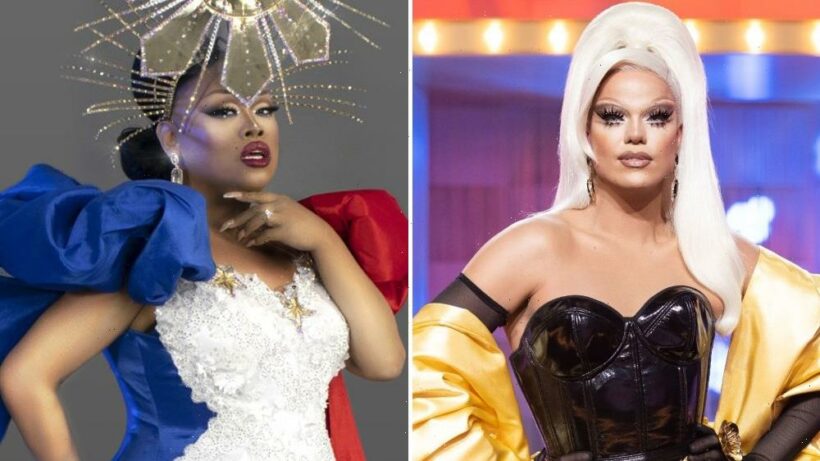There’s not enough RuPaul to go around the world. But the drag competition show he created in 2009 along with World of Wonder co-founders Randy Barbato and Fenton Bailey continues to spread into new territories with his trademark spirit intact.
“Drag Race Philippines” will become the latest spinoff when it launches on Aug. 17 on WOW Presents Plus, joining 12 other international iterations of the franchise, along with all-star offerings. Last month, Jinkx Monsoon was crowned winner of “RuPaul’s Drag Race All Stars” Season 7.
“Drag is an Esperanto. It’s a universal language, and it’s so visual,” says Bailey of the franchise’s appeal.
RuPaul hosts “RuPaul’s Drag Race,” “All Stars,” “RuPaul’s Drag Race Down Under” and “RuPaul’s Drag Race UK.” But fans follow along regardless of who is fronting the competition, sharing their passion on social media.
“The first thing that grabs the viewers is the big little secret, which is that drag is universal,” says Bailey. “As our fundamental inspiration and leader says, ‘You’re born naked, and the rest is drag.’ Everything we wear is a statement about identity.”
On “Drag Race France,” “Drag Race” Season 12 competitor Nicky Doll serves as the main host, while drag star Paolo Ballesteros will host the Filipino version, with “All Stars” Season 6 contender Jiggly Caliente serving as a permanent judge. “There isn’t another Ru,” Bailey says. “The show needs to be true to its roots, its traditions, and that is how it will be the most authentic.”
Language isn’t necessarily a barrier for international versions, given how visual the art form is. “Sometimes you don’t need words, meaning or an understanding to feel the energy that is happening on the stage,” says Doll.
Additionally, the international shows give audiences a chance to learn more about the respective countries. Regardless of the location, the spinoffs do not cut back on production value. Some might have smaller stages and werk rooms, but ultimately, the queens bring value to the show. “It’s the dimensions of the stories,” Bailey says. “They bring the stories, and they bring the looks.”
As the franchise continues to expand, new audiences are exposed to these stories as the queens allow viewers — young and old — to feel seen and heard.
Caliente shares that being on the show as a contestant meant representation for a “Brown, trans woman. It represented Asians and the Filipino queens.” Caliente, like many other kids growing up, never felt represented and Drag Race allows that visibility. She says: “I feel like so many little queer kids can see themselves in me.”
As America and other countries seem to be turning back the clock in respect to trans, LGBTQ+ and women’s rights, Bailey credits the queens and drag culture for their continued courage and bravery.
“Drag queens are really extraordinary figures of imagination, creativity, artistry and also power. It comes from a personal level of courage,” he says. “It takes a lot of work, and it takes courage perhaps to go against your family or your culture or those values. That’s why I’ve always felt drag is a heroic undertaking. Because we all want to be seen.”
Read More About:
Source: Read Full Article
